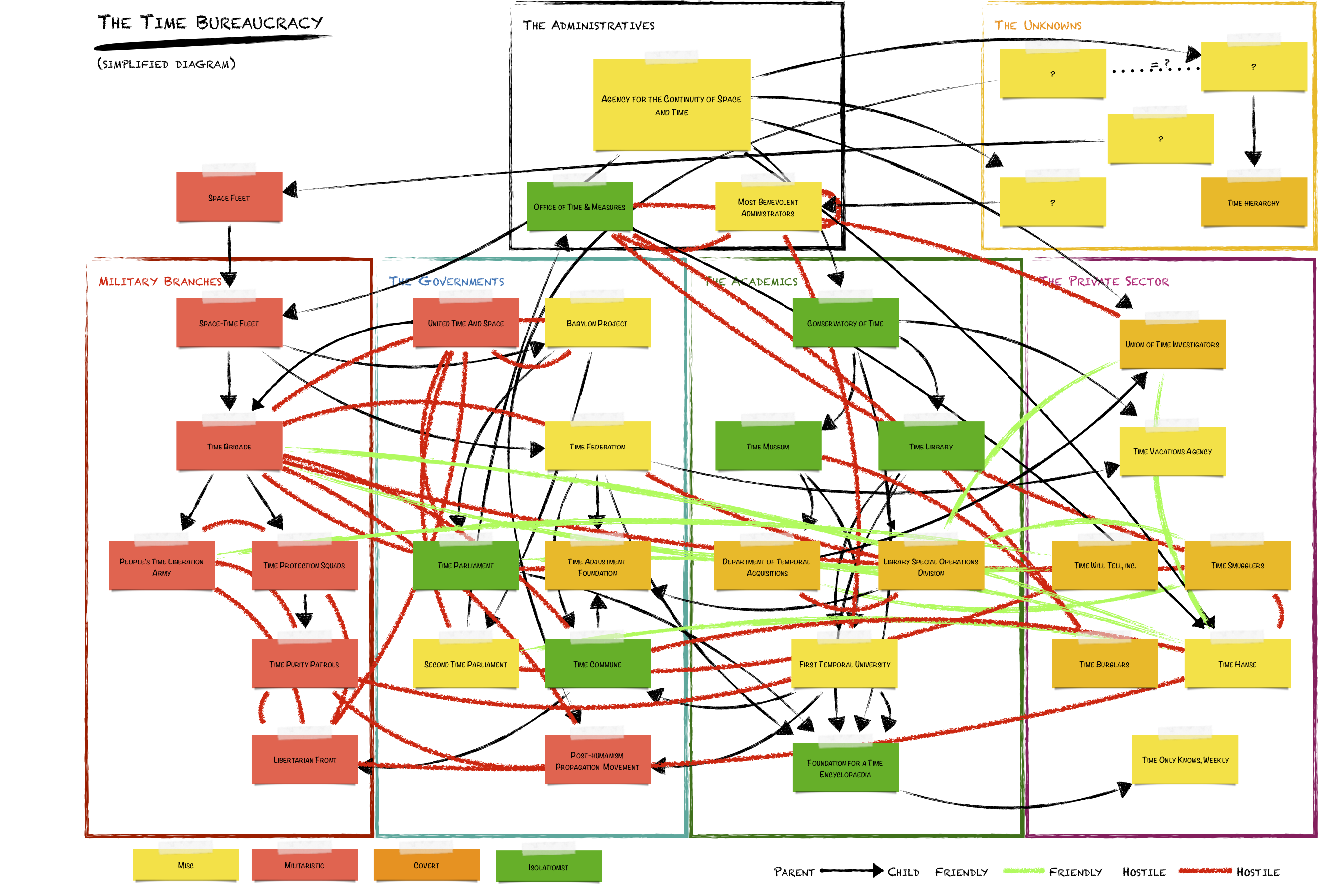Memories of Akkad

“Yeah, well… you all know why we’re in this dark, damp hole tonight, far from ears and eyes. In a moment, we’ll be planning our next Operation, but first, we have something to do.
We have goodbyes to say, to our brother-in-arms, Chaplain Owl. Heck, I’ll never know how he picked that codename, but it was a fine codename, the kind that will continue to puzzle the Shadow Police for a while. Chap’ was, I don’t know, maybe 20? Clearly, ten years ago, when the walls of Akkad fell, he was just a kid. Some of us were fighting in the streets, or in the catacombs, or on biplanes, or in the Dreaming. All of us had our freedom stolen, and our future, especially the kids.
Project: Ronin Time Bureaucrats

We’re currently working on a Role-Playing Game called Ronin Time Bureaucrats.
Expect brains-over-brawn, improv and handwavy time paradoxes.

You can find the latest draft (mostly complete, unformatted) online. Even in this unfinished form, don’t hesitate to leave feedbak!
Stay tuned for more!
About
A blog by David Teller dedicated to role-playing games.
More to come :)
Credits The Clock Hand logo is based on a public domain illustration of a black and white human hand with a clock, made available by Dawn Hudson.
